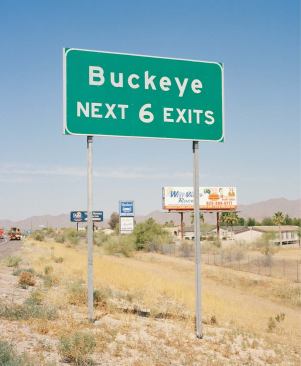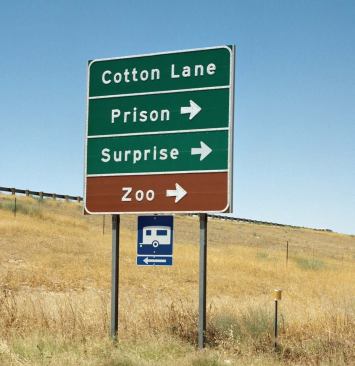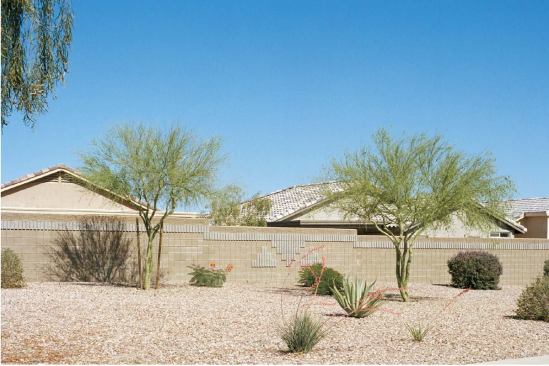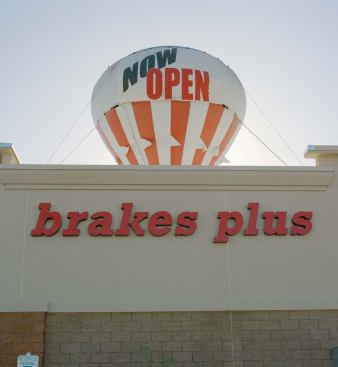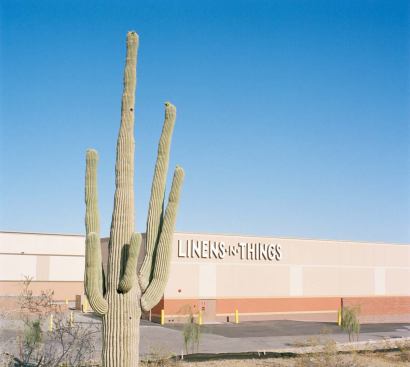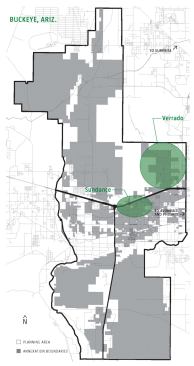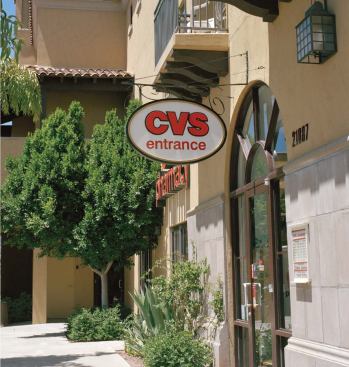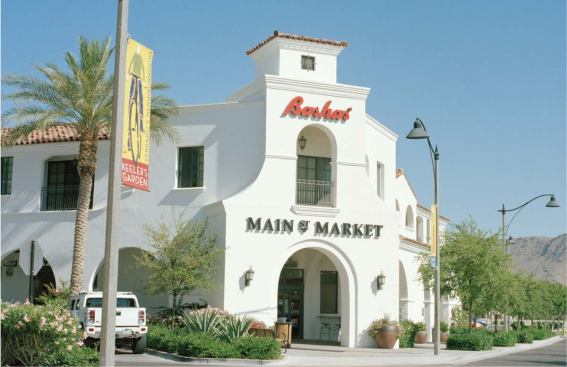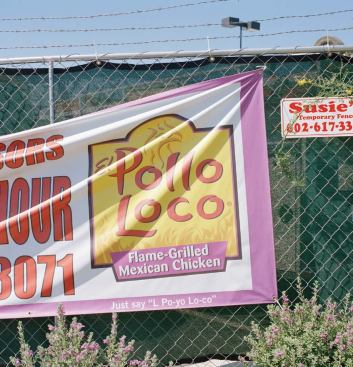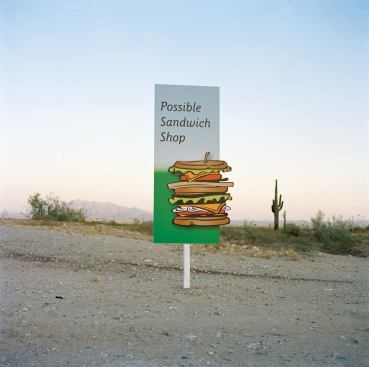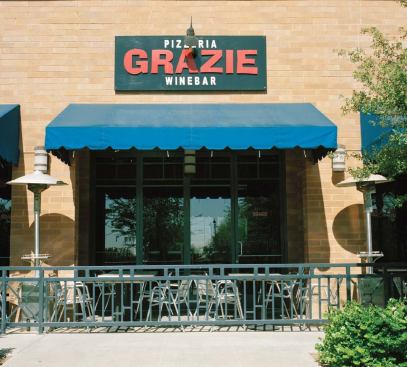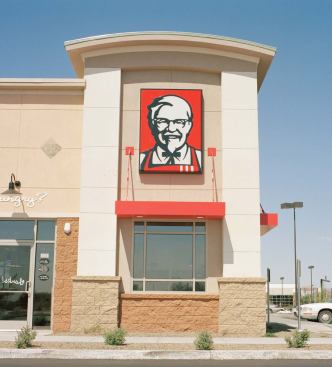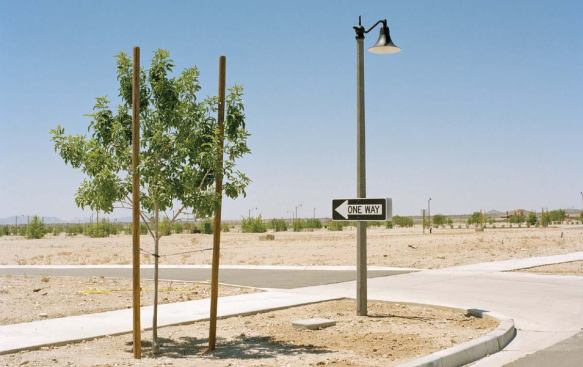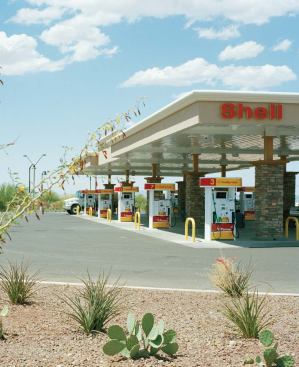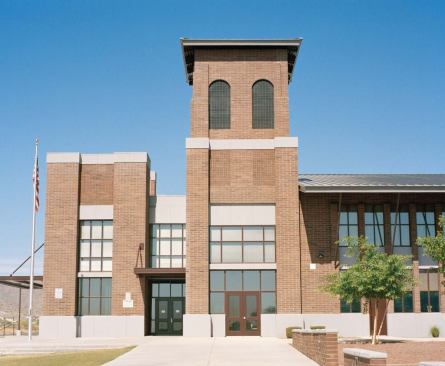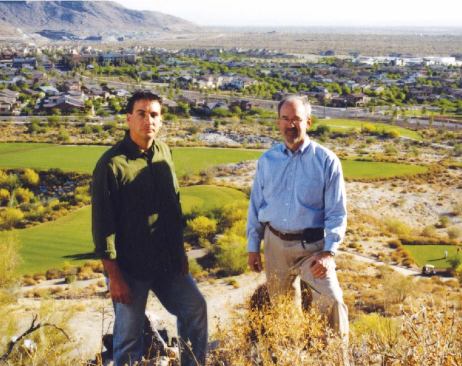THE REAL ESTATE frenzy has slowed down somewhat lately in Buckeye. A new Target and Home Depot near Verrado are on hold. But a big retail hub, called Sundance Towne Center, has opened next to the new Sundance community along I-10 between Watson and Yuma roads. A 75-acre tract that Google’s map shows as a graded site has a Wal-Mart, a Lowe’s, a Linens ‘n Things (the company filed for bankruptcy in April), two banks, an OfficeMax, a Peter Piper Pizza, a Brakes Plus, and an AutoZone.
People in Buckeye need this sort of stuff. (They also need police and fire protection in far-flung sections, which they are getting in a system of sturdy, temporary stations dotting the area.) The town wants them to have it but also wants to temper the way these businesses typically look, which is ugly. So the planners are putting their prerogatives in writing.
Last year, Buckeye’s town council adopted a set of design rules for newly built commercial and industrial buildings. They’re currently being refined to fit into the new development code. At heart, the rules are critical of common suburban shopping development. They tell developers to be nicer to the roadside, with more texture and articulation in their buildings than they usually offer, and to consider surrounding landscapes more carefully. There’s a palette of approved materials—brick, stone, stucco, and wood, among others. The rules proscribe massive asphalt parking lots. They suggest that developers throw in some benches, kiosks, and trees and make their buildings look like something besides cash cows. The set of rules is “one of the things the town needed for a long time,” according to Dasgupta.
The city of Scottsdale has a similar sheaf of design guidelines in effect, so they won’t be wholly new to most developers who have worked in the area. But developers would just as soon not deal with them. Robert Kubicek, the retail architect, noted that the city has been trying to persuade developers to “buy in as quickly as possible” to the new design rules even thought they don’t yet have the force of an ordinance.
“Of course, our developers are saying, ‘When they’re there, we’ll do it. Until then, we’re working with the old’ ” rules, Kubicek said. “Because the new rules are, you know, tougher.”
